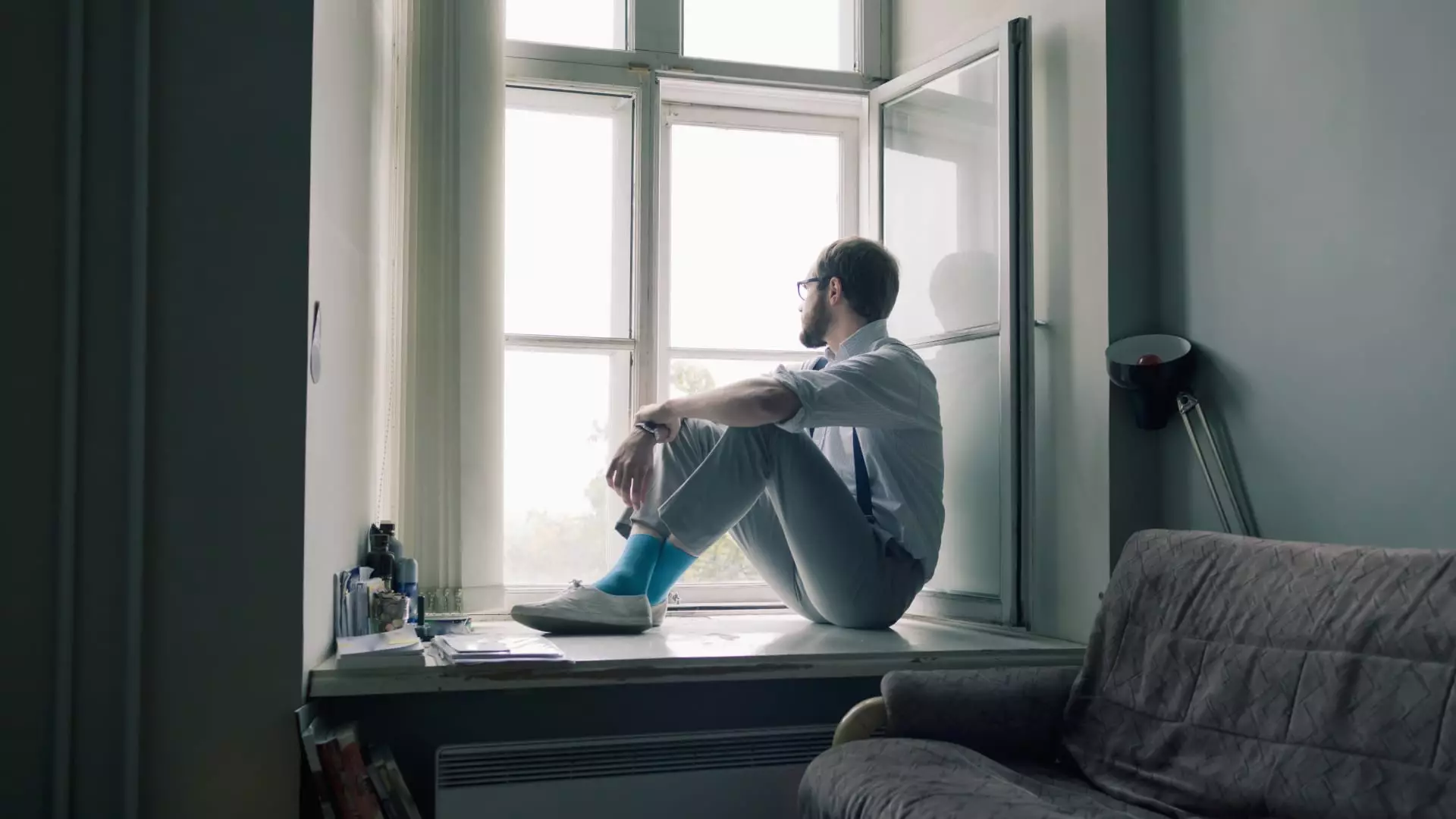The landscape of student loans in the United States has recently shifted, leaving millions of borrowers in a state of uncertainty as the Biden administration’s latest repayment plan struggles through legal complications. This pause on regular payments, while seen as a welcome relief by some, has raised significant concerns among federal student loan borrowers, particularly those enrolled in the Saving on a Valuable Education (SAVE) plan and the Public Service Loan Forgiveness (PSLF) program.
The resolution of these loan repayment plans remains mired in litigation, with a recent federal court injunction halting parts of the SAVE plan. This suspension means that approximately 8 million borrowers are now caught in an interest-free forbearance as they wait for judicial rulings to determine their financial futures. For many, this break from repayments is bittersweet; while the reprieve offers immediate financial relief, it simultaneously disrupts the trajectory toward long-desired debt cancellation.
This situation echoes a sense of frustration among borrowers akin to waiting for an elusive outcome—“waiting for Godot,” as noted by expert Mark Kantrowitz. The comparison captures the essence of borrowers’ feelings as they grapple with the unpredictable timelines of loan forgiveness. These individuals, who may have strategically planned their careers and finances around the notion of debt cancellation, now find themselves in a limbo, unsure whether their elapsed months will contribute toward relief.
The current forbearance period offers no real progress toward eventual forgiveness for those participating in the PSLF, which mandates employment in public service while repayings loans. This strict requirement is particularly burdensome for borrowers nearing retirement or those dissatisfied in their jobs, who continue to endure these conditions solely to meet the criteria for loan cancellation. Such emotional and financial burdens weigh heavily on individuals who have dedicated years to qualifying roles in hopes of achieving relief from student debt.
Moreover, the lack of agency in this pause exacerbates the issue. Borrowers enshrined in SAVE have no option to opt-out, creating a sense of powerlessness. According to experts like Elaine Rubin from Edvisors, the imposed nature of the forbearance stirs anxiety—a stark contrast to any prior pauses during the COVID-19 pandemic, which, although disruptive, provided a clearer path toward future progress in terms of repayment.
Perhaps most discouraging is the misconception that the forbearance equates to a missed opportunity for progress. Yet experts argue that borrowers can still find value in remaining enrolled in SAVE during this period. Not only is there a temporary suspension of payments, but interest does not accrue, which can help borrowers maintain their principal balance without additional financial strain. This lack of interest accumulation can be a relief to those fatigued by growing debts, as they await more favorable repayment conditions.
Furthermore, those who wish to expedite their journey toward debt cancellation still have options, albeit limited ones. Borrowers considering switching to alternative income-driven repayment plans may find that their monthly dues could even remain at zero if their income levels qualify. This potential pathway could prove especially beneficial for those who feel they are on the brink of relinquishing their debt burdens—drawing from their repayment history through options available under the Department of Education’s purview, as well.
The Education Department has provided mechanisms for PSLF participants to “buy back” months of payment history that previously did not count towards forgiveness. However, this opportunity requires borrowers to maintain awareness and utilize it strategically, particularly given that future administrative shifts may remove access to such favorable options. Experts indicate that this level of proactivity can be essential for ensuring that borrowers capitalize on every potential avenue for forgiveness available during times of uncertainty.
Despite evident hardships in the current landscape of federal student loans, the intricate dynamics of SAVE and PSLF create a layered scenario in which borrowers can navigate several pathways. Though the current situation remains precarious, understanding the intricacies of the available options may empower individuals to make informed choices that will better their financial futures.
As borrowers continue to grapple with the evolving landscape of student loan repayment, their perseverance and adaptability will be crucial. With legal skirmishes on the horizon, understanding the full extent of their rights and options provides a means by which to emerge from this uncertain terrain.

